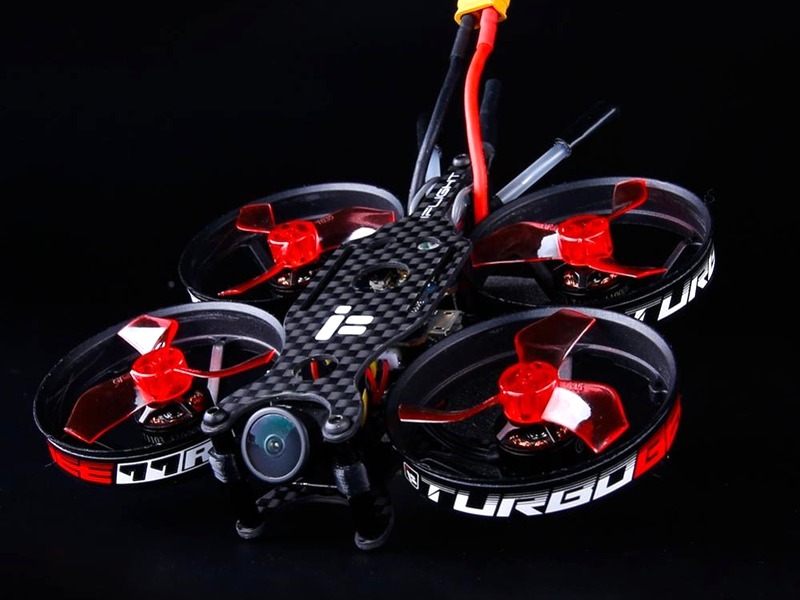What makes a drone fly?

A drone is an unmanned aerial vehicle (UAV) that is capable of controlled, autonomous flight. This is made possible by a combination of several elements, including a power source, an aerodynamic design, and an onboard computer system.
The power source is typically an electric motor that is powered by a battery. The motor spins a propeller at high speeds, creating lift and thrust which propels the drone forward. The aerodynamic design of the drone helps to maximize the lift and thrust generated by the propeller, allowing the drone to fly efficiently.
The onboard computer system is the brains of the drone, controlling its movements and flight path. This computer system is typically made up of several components, including a flight controller, sensors, and a radio receiver. The flight controller is the main component, responsible for controlling the drone’s movements and flight path. Sensors are used to detect the drone’s altitude and speed, while the radio receiver allows the drone to be controlled remotely.
In addition to the power source, aerodynamic design, and onboard computer system, a drone also requires a GPS system to ensure it stays on course. A GPS system uses satellites to determine the drone’s location and provide it with navigational information. This allows the drone to fly autonomously, without needing to be manually controlled.
Finally, a drone requires a pilot to operate it. The pilot is responsible for setting the drone’s flight path, controlling its movements, and ensuring it follows the intended course. The pilot also must be aware of any obstacles or other aircraft in the area, as well as any applicable laws or regulations.
In summary, a drone is able to fly due to a combination of several elements. These elements include a power source, an aerodynamic design, an onboard computer system, a GPS system, and a pilot. Together, these elements enable the drone to be controlled, autonomously fly, and stay on course.
Comments / Question
2. Always keep the drone in sight.
3. Fly at a safe altitude and speed.
4. Avoid flying near airports, people, and animals.
5. Avoid flying in bad weather.
6. Avoid flying over private property without permission.
7. Make sure the drone is in good working condition before flying.
8. Avoid flying in restricted airspace.
9. Make sure the drone is properly registered.
10. Use appropriate safety gear when flying.
2. Motors and Propellers: Motors are responsible for creating thrust that enables the drone to take off and navigate. Propellers act as the wings of the drone and help it to maneuver.
3. Receiver: The receiver is responsible for taking commands from the remote control and translating them into commands that the flight controller can understand.
4. Battery: This is the primary power source for the drone and provides the power for the motors and other components.
5. GPS System: The GPS system is responsible for providing the drone with navigation information and is used for autonomous flying.
6. Telemetry System: The telemetry system is responsible for relaying data from the drone to the pilot in real-time, such as altitude, speed, and location.

